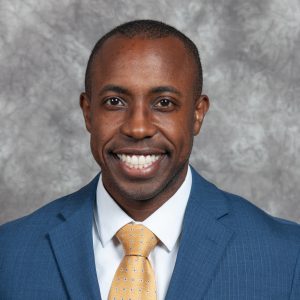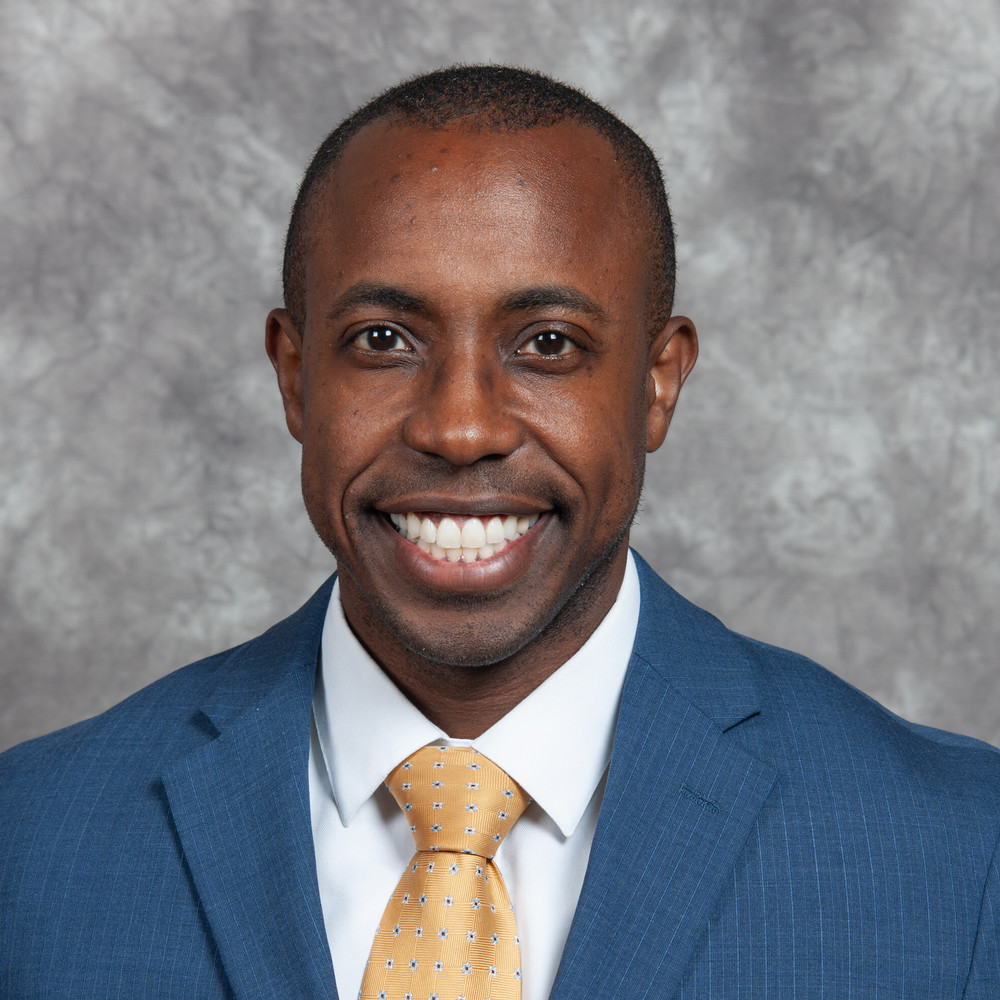
We all know the pain that comes with a minor tendon tear. We also know that no matter how much we take care of it, it never feels the same. Rainy or cold days make you ache, even though the injury was years ago. Does any of this sound familiar? Luckily, Dr. Darryl Dickerson, an assistant professor at the Florida International University in the Mechanical and Materials Engineering department, and his study aims to find a more effective way to heal tendon tears, more specifically, rotator cuff tears. Rotator cuff tears are in the shoulder. This new technology is called Bioenthesis. Enthesis is a tissue junction between the tendon and bone. BioEnthesis is the first implant that can re-create the enthesis tissue junctions between the tendon and bone– a more seamless repair for your tendon! BioEnthesis can help a variety of individuals, and even shorten recovery time. Ranging from professional athletes, your average Joe, and your elderly loved ones.
Dr. Darryl Dickerson has a Ph.D. in Biomedical Engineering from Purdue University since 2009. He joined the FIU faculty as an assistant professor in 2019 where he continues to work on research and teach. Dr. Dickerson has many peer reviewed published works, including research published to Journal of Orthopedic Surgery and Repair and Journal of Biomechanics. Dr. Dickerson has also presented in many conferences, as well as leading research in different areas of the bioengineering world. He also has patented three different advances in medical research involving tissue and bone regrowth and regrowth aid. What exactly is BioEnthesis? BioEnthesis is the size of a stick of gum. It is made from real human tissue and has two tissue layers: a soft tissue layer and a hard tissue layer. The soft tissue layer merges with the tendon while the hard tissue layer allows the patient’s own stem cells to grow around the implant from the bone marrow. Bone regrows within the implant and consequently regrows natural enthesis. This effectively repairs the joint and makes the otherwise creaky recovery more natural and simpler.
Dr. Dickerson researched this for many years. He wanted to come up with a solution to properly attach the soft tissue to the bone. This was a problem that often came after surgery. Because of this issue, many patients return for a second surgery years later for retearing of the rotator cuff. Dr. Dickerson began by obtaining samples of bovine cancellous bone harvested from the vertebral bodies of commercially obtained steers. Residual tissue was later dissected from the vertebral bodies. After being thoroughly cleaned, the calcium levels were measured. After cell extraction and culture, Dr. Dickerson had to focus on the removal of osteoinductivity and the structure and surface morphology before getting into the testing part of the research. Three ewes underwent rotator cuff defect induction and repair surgery. They were placed in observation for 7 to 14 days where their health was closely monitored. The ewes were allowed to move freely in their pens while being monitored. The study was approved by the Purdue Animal Care and Use Committee.
In conclusion, everything went well with the ewes. To our knowledge, this is the first experiment of its kind having to do with rotator cuffs. The experiment showed more improvement in the regeneration of the tendon model. The material seemed to react well within the ewes’ body and no complications were observed. This is truly an amazing advancement for the medical and biomedical field.
